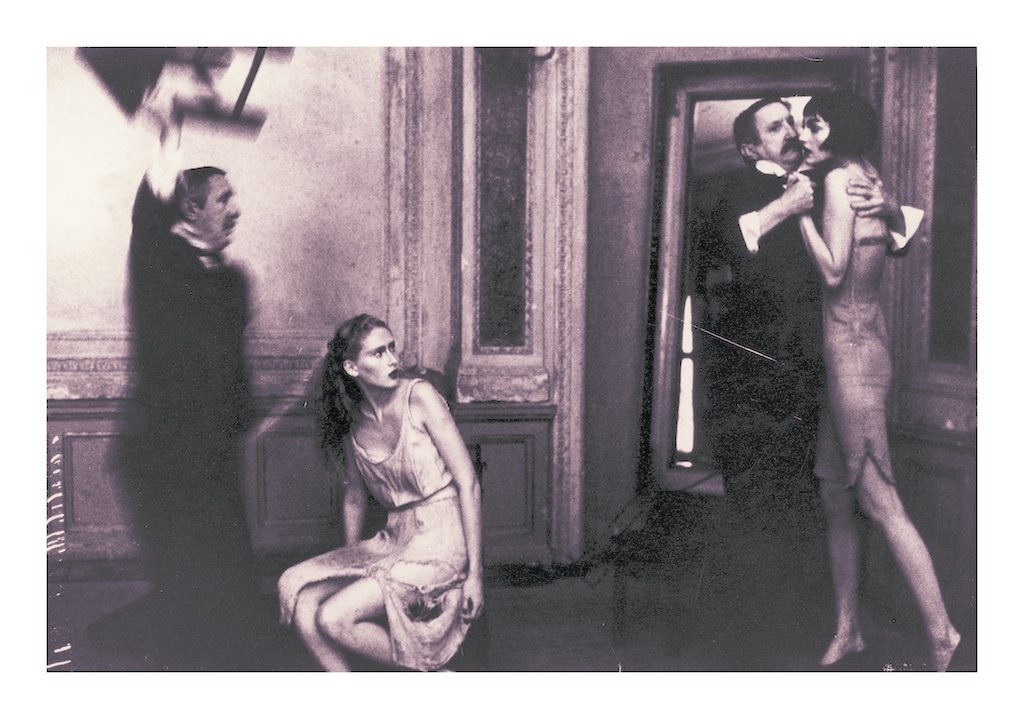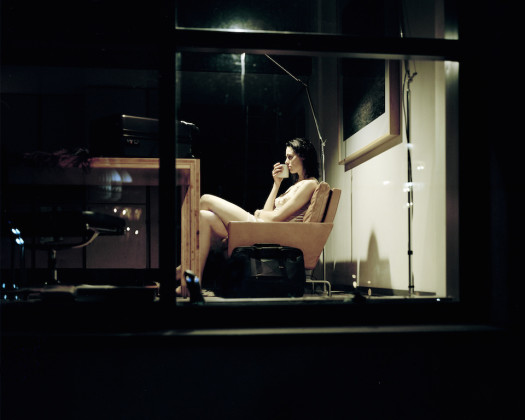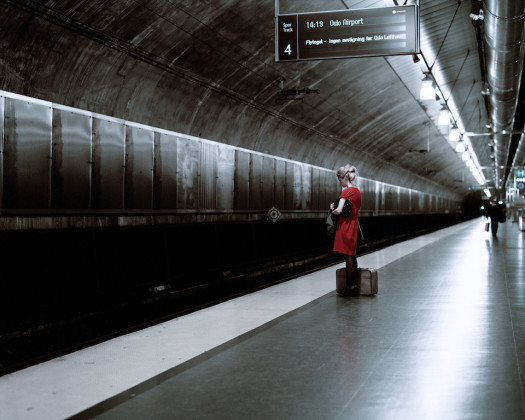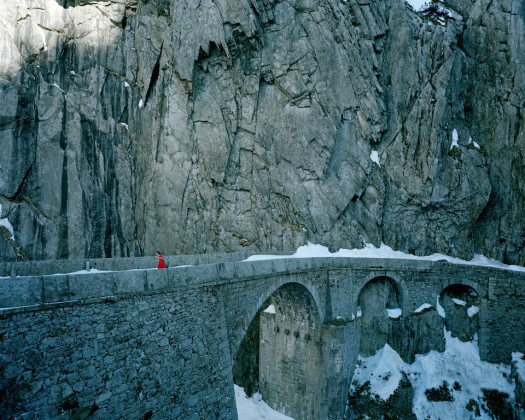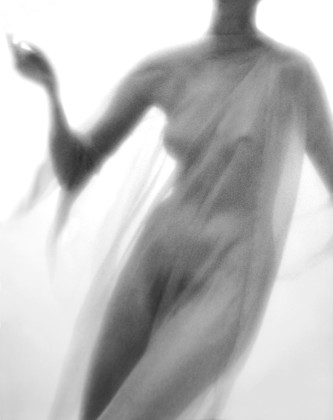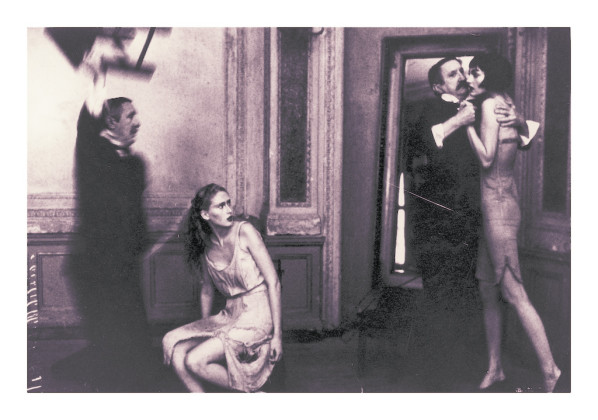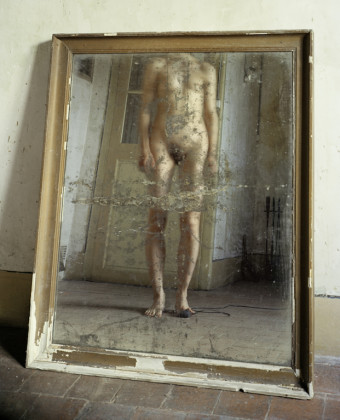LONDRA. Edition VI: Film(ic) è il titolo della mostra che verrà ospitata fino al prossimo 21 agosto alla galleria The Wapping Project Bankside, a Dover Street. Si tratta di una mostra collettiva che spazia tra cinema e fotografia e che comprende film, moving images e fotografie di Lillian Bassman, Elina Brotherus, Deborah Turbeville e Thomas Zanon-Larcher.
Il confine fotografia-cinema è molto labile, un gioco di interazioni e sovrapposizioni come succede nella serie di Deborah Turbeville, Krakow, che la fotografa ha ‘girato’ interamente al Cantor Theatre in Poland e che ricorda le tecniche cinematografiche. Qui la fotografa spinge infatti ai confini la fotografia di moda per presentare storie fantastiche con personaggi poco ortodossi che popolano un mondo alternativo, come se fossero protagonisti di un film, di una pellicola d’antan.
Lillian Bassman, allo stesso modo, in It’s a Cinch, mette in pratica le strategie cinematografiche creando sfocature e lasciando le immagini in balia di un’immagine fantasma. Un vedo-non vedo che lascia il compito allo spettatore di costruirsi il proprio racconto.
L’uso del contrasto nell’uso dei mezzi di comunicazione si ritrova invece nel lavoro di Elina Brotherus e Thomas Zanon-Larcher. Elina Brotherus gioca con la psicologia e porta lo spettatore nel suo mondo personale in un gioco di contasti e specchi tra passato e quotidianità.
In Nora’s Story, invece, Zanon-Larcher riprende la storia di Henrik Ibsen, Dolls House, proseguendola e ambientandola in un giorno qualsiasi di oggi ad Oslo. Il risultato è un progetto, Passage, che porta le tecniche narrative passate nella quotidianità e usa i colori, le sfumature, gli effetti cinematografici nella fotografia.
© RIPRODUZIONE RISERVATA
LONDON. The Wapping Project Bankside is pleased to announce EDITION VI: Film(ic), a group exhibition that explores the overlaps and tensions present in the mediums of film and photography. The exhibition includes film, moving image and photography by Lillian Bassman, Elina Brotherus, Deborah Turbeville and Thomas Zanon-Larcher.
Continuing the EDITION series of group exhibitions, the gallery has selected artists whose practice includes film and moving image or who employ the tropes associated with the cinematic, such as narrative, fiction or the construction of mise en scène in their photographic works. Deborah Turbeville’s Krakow series that was shot on location at the Cantor Theatre in Poland contain such cinematic qualities. Taking on the position of storyteller, Turbeville had an innate ability to push the boundaries of fashion photography in order to present fantastical tales filled with unorthodox characters inhabiting an alternative world.
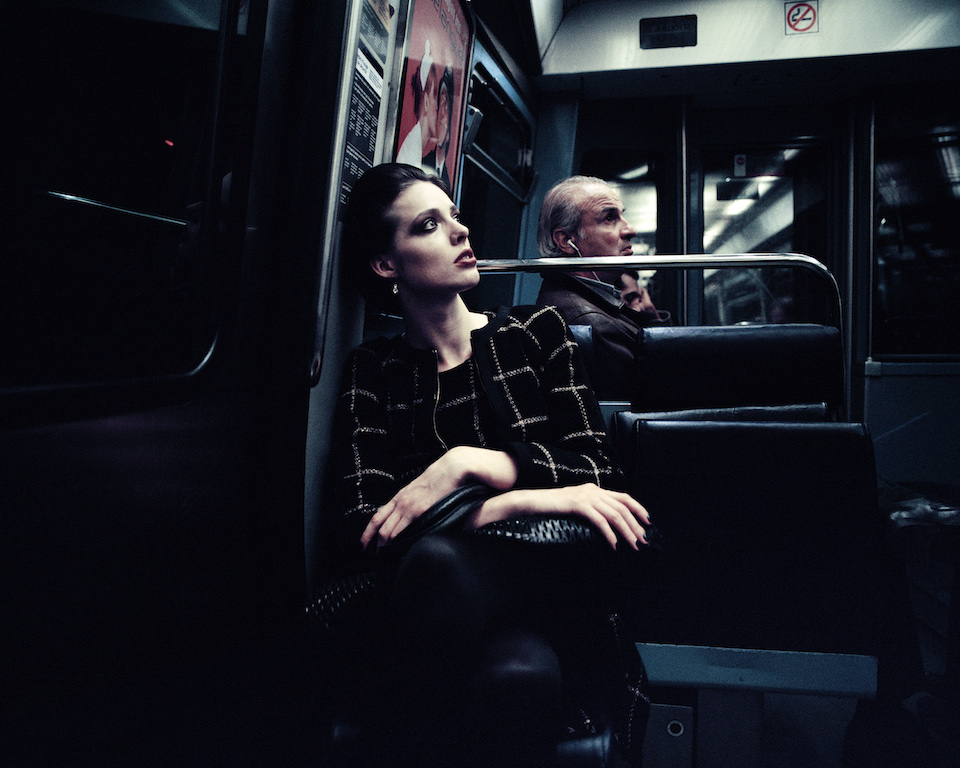
Courtesy: The Wapping Project Bankside
Fellow fashion photographers, Lillian Bassman also employ cinematic strategies in her practice. In It’s a Cinch, we are haunted by a ghostlike image; a blurring effect that was created during the production stage and leaves the viewer to construct their own narrative.
Narrative as a trope of artistic production has an extended genealogy that covers a wide spectrum of media, but it is perhaps cinema that best explore and present this trope. When contrasting the moving image work of Elina Brotherus and Thomas Zanon-Larcher, interesting tensions are revealed – Brotherus’ near rejection of narrative is replaced with the documenting of personal subjectivities whilst Thomas Zanon-Larcher uses narrative to reimagine the work of 19th Century author Henrik Ibsen. In Nora’s Story, Zanon-Larcher continues the tale of Ibsen’s Dolls House in present day Oslo and presents us with a moving image work as well as a selection of photographic works. In Passage, Zanon-Larcher merges film and photography into a unified work to great effect and allows us to question our perceptions of what film can be.
Also on display will be the notebooks of Thomas Zanon-Larcher that offer us a rare insight into the process that leads to the finished artwork. These books inhabit a space that sits between idea and completed work – an experimental stage where contested ideas have the space to be explored and developed.
The EDITION series of group exhibitions as conceived by Jules Wright allows the gallery to identify specific and interesting tropes within the represented artists’ practices to be foregrounded. The format allows for seemingly disparate artworks to be brought together, specific threads to be pulled from the work and for contrasts and overlaps in the individual practices to be made visible.
[quote_box_left]
EDITION VI: Film(ic)
02 July – 21 August 2015
The Wapping Project Bankside
Top Floor, Ely House
37 Dover Street
London
W1S 4NJ
[/quote_box_left]

